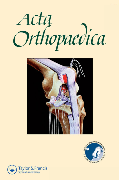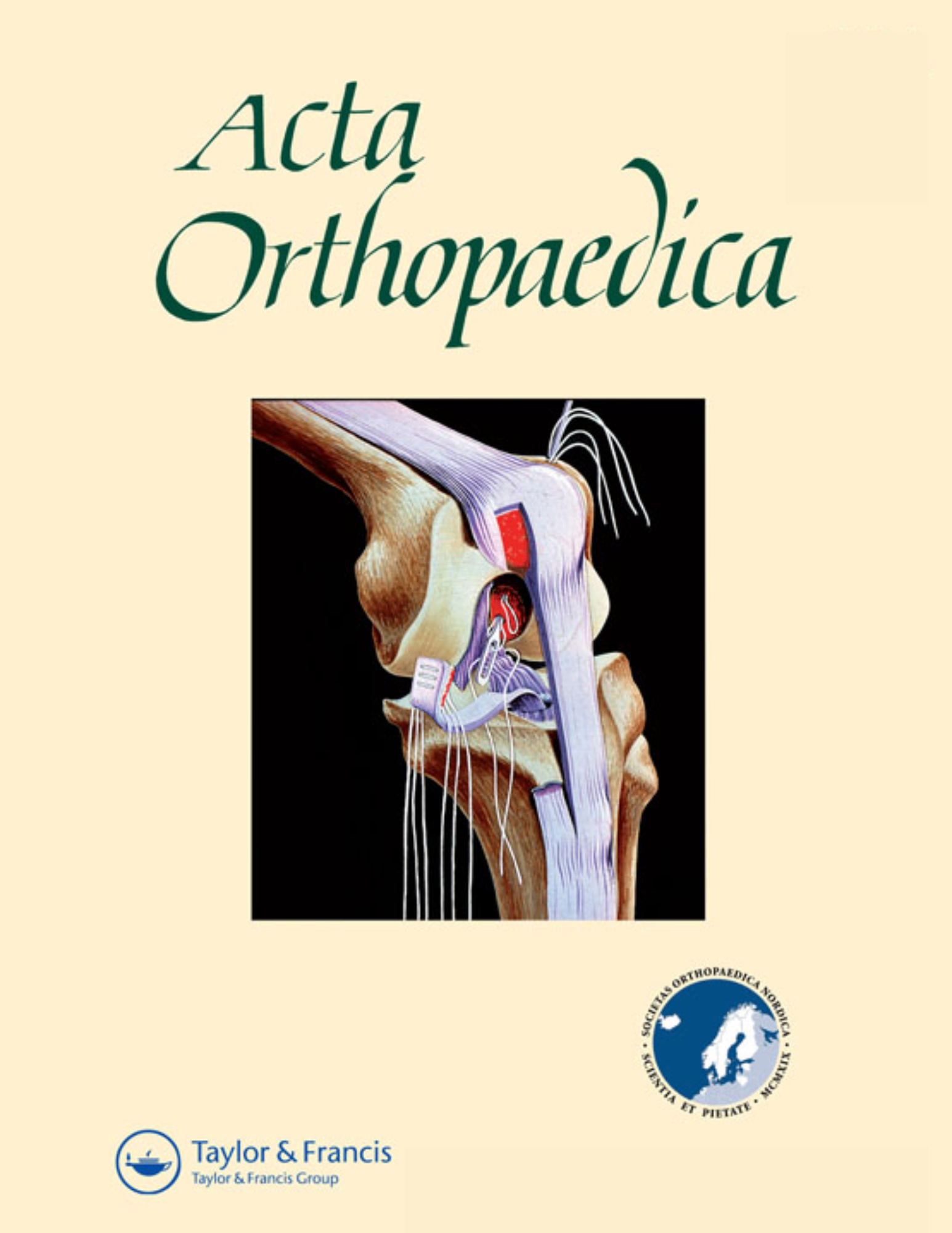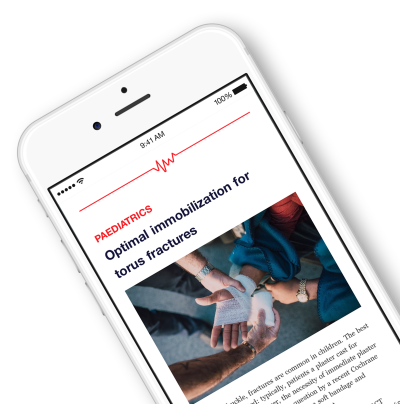
No difference in rate of malalignment between PSI and conventional instruments in TKA .
No radiological and clinical advantages with patient-specific positioning guides in total knee replacement
Acta Orthop. 2018 Feb;89(1):89-94109 patients scheduled for total knee arthroplasty were randomized to surgery with either the use of patient-specific cutting guides or conventional intra- and extramedullary guides. Patients were assessed for overall lower limb alignment, femoral component alignment in the coronal, sagittal, and axial planes, tibial component alignment in the coronal and sagittal planes, and patient-reported outcome measures and knee range of motion over a 2-year follow-up. Results demonstrated no statistically significant differences between groups in the rate of outliers (>3deg deviation from planned alignment) in any alignment comparison, or in any patient-reported outcome measure or range of motion over a 2-year follow-up.
Unlock the Full ACE Report
You have access to 4 more FREE articles this month.
Click below to unlock and view this ACE Reports
Unlock Now
Critical appraisals of the latest, high-impact randomized controlled trials and systematic reviews in orthopaedics
Access to OrthoEvidence podcast content, including collaborations with the Journal of Bone and Joint Surgery, interviews with internationally recognized surgeons, and roundtable discussions on orthopaedic news and topics
Subscription to The Pulse, a twice-weekly evidence-based newsletter designed to help you make better clinical decisions
Exclusive access to original content articles, including in-house systematic reviews, and articles on health research methods and hot orthopaedic topics
































































